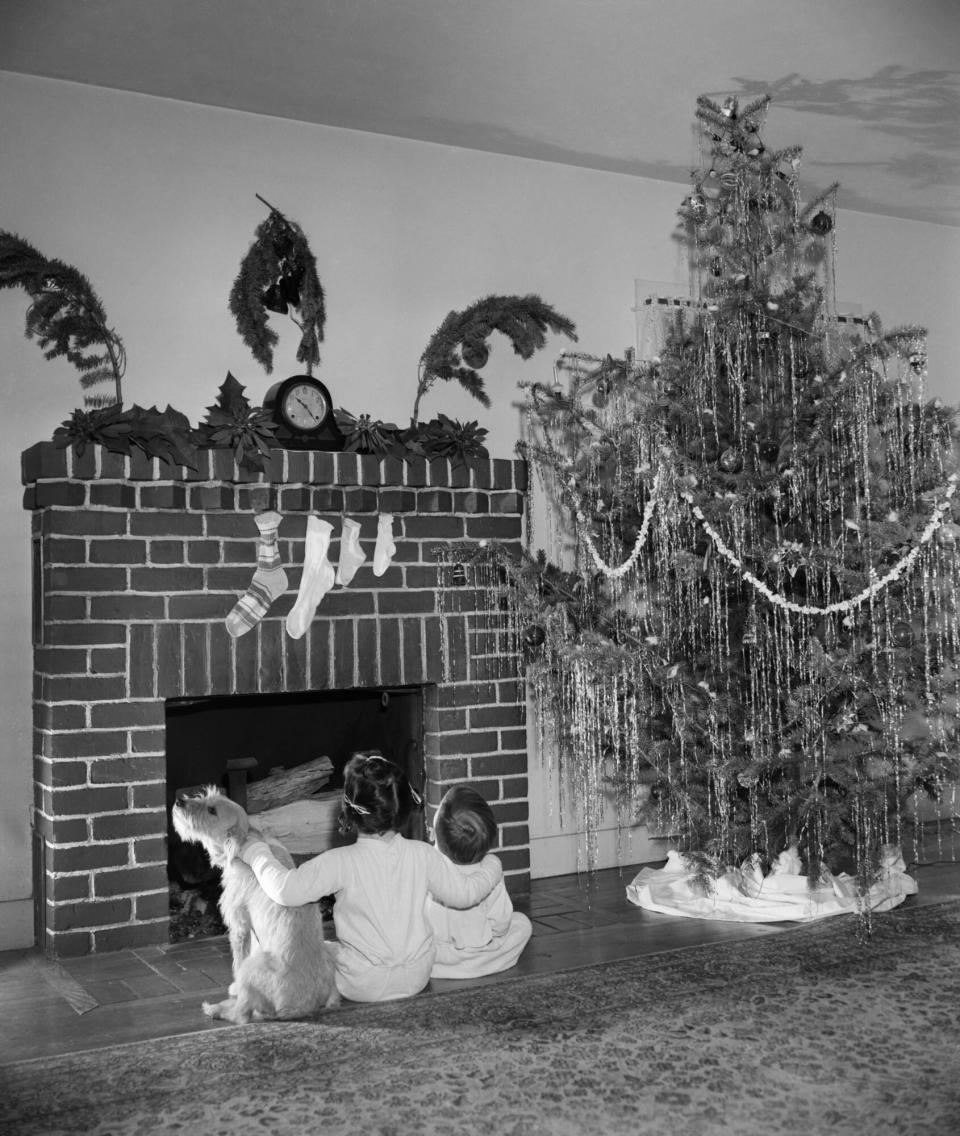The Tradition of the Yule Log at Christmas
- Oops!Something went wrong.Please try again later.
TABLE OF CONTENTS
On This Page
History of the Yule Log
How are Yule Logs Associated with Christmas?
What Is the Original Yule Log Tradition?
What Is the Yule Log Tradition Today?
Additional Origins for the Yule Log Tradition
Christmas is a time of the year to celebrate family and holiday traditions. The season has plenty, from putting out cookies for Santa to hanging the stockings on the mantle. For all the talk during the Christmas season about a Yule log, the actual story behind the holiday tradition isn't commonly known to most. Here is the history behind the yule log and why it remains a tradition today.
History of the Yule Log
While bûche de Noël is a dessert now commonly found on holiday tables across the United States, the origins of the original Yule log tradition go centuries back to Norway. Interestingly, the Norway tradition did not include eating a cake.
For centuries, celebrants observed Yule, a festival commemorating the winter solstice. The celebration included burning the "Yule log" to welcome back the sun. It marked the shortest day of the year and the subsequent return of longer days.

Kirn Vintage Stock / Contributor
How are Yule Logs Associated with Christmas?
With the arrival of Christianity, some traditions between the religious holiday and the pagan festival became conflated (hence why Yuletide and Christmastime are often viewed as interchangeable terms these days). The two distinctive holidays are often associated, even though the names are attached to vastly different belief systems.
What Is the Original Yule Log Tradition?
The use of the term "log" is a bit of an understatement. When burning Yule logs, most families used a tree and first placed the wider end of the trunk into the fireplace. During the 12 days of Christmas, the Yule log would continue to burn as families moved the tree further into the fire.
According to the Almanac, the Yule log would begin burning on Christmas day and extend until January fifth, also known as Twelfth Night.
What Is the Yule Log Tradition Today?
With modern advancements like central heat and the impractical logistics of hauling an entire tree inside, families replaced burning the Yule log with events that honored the ancient tradition's spirit. The "Yule log" is now far more manageable, represented by burning a much smaller (but equally meaningful) log in the fireplace.
Another contemporary variation of this tradition is a centerpiece. For this representation, greenery and candies decorate a birch log or similar wood.
Additional Origins for the Yule Log Tradition
There's also the French version of the tradition, referred to as bûche de Noël, which is responsible for the Christmas cake that's now beloved across the globe. The chocolate roulade with cream filling is often decorated in meringue mushrooms or pistachio-nut "moss" and makes for an impressively festive centerpiece at holiday gatherings.
According to Why Christmas, the United Kingdom refers to the Yule log as 'The Mock,' made from logs with dried bark removed. It also states that Ireland substituted a candle for the log, lighting in on New Year's Eve and Twelfth Night.
But whether you're burning one or baking one, there's no denying that the Yule log is a unique tradition worth adopting this season.

